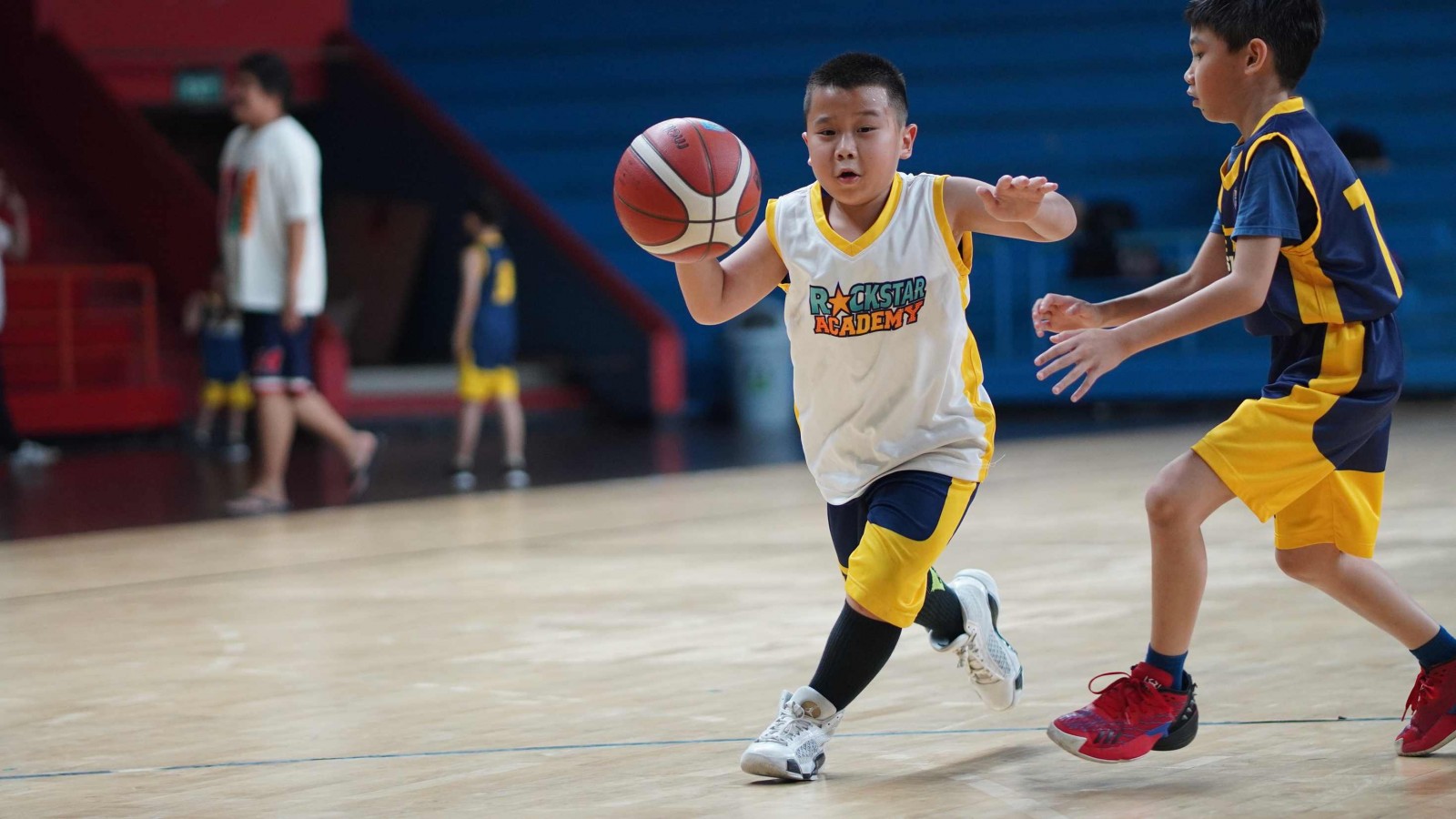Motion Offense Strategies in Basketball: A Comprehensive Guide

Basketball is a game of strategy. And guess what? Some of the best strategies have stood the test of time, dominating courts everywhere, from casual games to fierce competitions. Today, we're diving into one of the most dynamic offensive plays out there: motion offense.
So, what’s the deal with motion offense? In this article, we'll break it down for you—what it is, the different types, and how it stacks up against other basketball strategies. Get ready to elevate your game!
What are Motion Offense Strategies?
Motion offense is a basketball strategy centered on constant movement, ball sharing, and player collaboration. Unlike static plays, motion offense thrives on adaptability, allowing players to read defenses and react accordingly.
This strategy emphasizes continuous movement involving players without the ball creating scoring opportunities through cuts, screens, and effective positioning.
Proper spacing ensures the court remains spread out, preventing defenders from double-teaming or clogging passing lanes. Teamwork is also crucial since it relies on synchronized actions among teammates rather than focusing on a single star player.
The origin of this motion offense is credited to coach Henry Iba at Oklahoma State and his assistant Bloomer Sullivan. It was later developed and popularized by coach Bob Knight at Indiana.
Types of Motion Offense
Several variations of motion offense cater to different team dynamics and player strengths. Here are the most common types:
1. 5-Out Motion Offense
In the 5-out motion offense, all five players position themselves on the perimeter, creating maximum spacing. This setup is ideal for teams with good shooters and versatile players who can drive to the basket. Key features include:
- Emphasis on cutting and passing.
- Opportunities for backdoor cuts and three-point shots.
- Requires players to be proficient in ball-handling and shooting.
2. 4-Out, 1-In Motion Offense
This system positions four players around the perimeter and one inside the paint, often a strong post player. It balances perimeter shooting with interior scoring. Characteristics include:
- High-low actions between perimeter and post players.
- Effective against zone defenses.
- Allows for offensive rebounds and inside-out play.
3. 3-Out, 2-In Motion Offense
With three players on the perimeter and two inside, this system emphasizes interior scoring and rebounding. It suits teams with strong post players. Features include:
- Post-to-post screens and high-low actions.
- Focus on dominating the paint.
- Creates opportunities for perimeter shots through kick-outs.
4. Flex Motion Offense
Flex motion offense involves constant screens and cuts, creating scoring opportunities through structured movement. It requires:
- Precise timing and execution.
- Versatility from all players to play multiple roles.
Key Principles of Motion Offense
To execute motion offense effectively, teams must adhere to several principles. These principles help players to execute strategies smoothly. Here are some key principles of motion defense:
1. Continuous Movement
Players without the ball should constantly move to create scoring opportunities through cuts, screens, and positioning. This movement keeps defenses unsettled and opens passing lanes.
2. Spacing
Proper spacing ensures the court is spread out, making it difficult for defenders to double-team or clog passing lanes. Players should maintain adequate distance to create clear driving and shooting opportunities.
3. Teamwork
Success in motion offense depends on synchronized actions among teammates rather than relying on a single star player. Communication and trust are essential for seamless execution.
4. Reading the Defense
Players must recognize defensive schemes and adapt their movements accordingly. This involves:
- Identifying mismatches.
- Exploiting gaps in the defense.
- Adjusting to help-side and on-ball defenders.
5. Screening and Cutting
Screens and cuts are integral to motion offense. Effective screens create separation for shooters, while timely cuts lead to open shots or layups. Types of screens include:
- Ball screens.
- Off-ball screens.
- Back screens.
6. Patience and Discipline
Motion offense requires patience to wait for the best scoring opportunity. Players must remain disciplined, avoiding forced shots or passes.
How to Implement Motion Offense
If you're a coach looking to sharpen your team's edge or a player eager to dominate the court, learning how to implement motion offense can take your basketball game to the next level. Let’s break it down step by step here!
1. Practice Fundamentals
Teams must master basic basketball skills such as passing, dribbling, and shooting to execute motion offense effectively. Without these, the strategy becomes difficult to implement.
2. Drill Movement Patterns
Coaches should use drills to teach players movement patterns, such as cutting, screening, and spacing. Repetition helps players internalize these actions.
3. Encourage Communication
Strong communication ensures players are aware of each other's actions. This is particularly important during screens and cuts.
4. Focus on Decision-Making
Players must make quick, intelligent decisions based on defensive reactions. To help with it, small-sided games and situational drills can improve decision-making.
5. Adapt to Player Strengths
Coaches should tailor motion offense to their team’s strengths. For example, a team with strong shooters might use a 5-out system, while a team with dominant post players could opt for a 4-out, 1-in approach.
What a Strategy!
Motion offense is an incredible strategy that brings out the best in teamwork and basketball IQ. But learning about it is just the beginning and putting it into practice is another story.
If your kids are passionate about basketball and want to sharpen their skills, why not enroll them in our basketball program at Rockstar Academy?
Not only will they learn game-changing strategies like motion offense and fast break, but they'll also have the chance to compete in exciting events like the Elite Championships and RockOlympics. These competitions offer unforgettable experiences that help students unlock their true potential on the court.
For the most dedicated players, we’ve got the Dream Team! This exclusive program is perfect for young athletes aiming to reach the top of their game with 120 minutes of high-intensity training on professional courts, guided by our expert instructors.
Still unsure? No worries—you can try it out first with our free trial class! Sign up today, and let’s start building your child’s basketball dreams!
FAQ
What is the primary goal of motion offense?
The primary goal is to create scoring opportunities through continuous movement, effective spacing, and teamwork, making it difficult for defenses to predict or contain.
Which teams benefit most from motion offense?
Teams with versatile players, good communication, and strong fundamental skills benefit most. It’s particularly effective for youth and high school teams developing basketball IQ.
How does motion offense counter defensive strategies?
Motion offense counters defenses by exploiting their weaknesses through movement and spacing, making it effective against both man-to-man and zone defenses.
Can motion offense be combined with other strategies?
Yes, coaches often blend motion offense with set plays or isolation actions to diversify their offensive approach.



